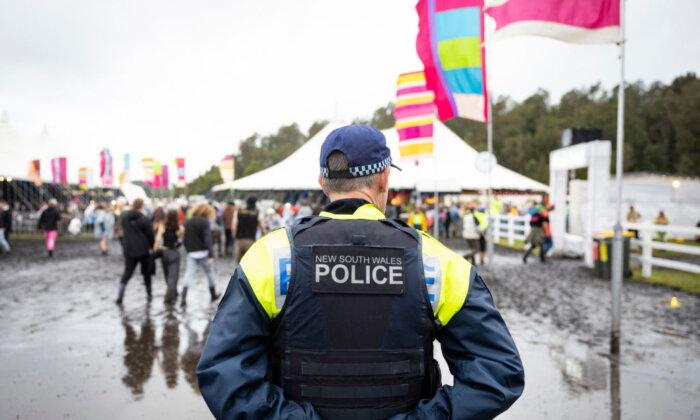New South Wales (NSW) public hospital and ambulance service activity has improved despite high demand, according to a healthcare quarterly report released today.
Ambulance Response Sky Rocketed
The report found ambulance activity had 357,491 responses, the highest number of any quarter since BHI began reporting in 2010.Similarly, data found 177,594 emergency (P1 cases), the highest of any April to June quarter since 2010, and 13,525 highest priority (P1A) responses for patients with a life-threatening condition, the highest of any quarter since 2010.
However, BHI Chief Executive Dr. Diane Watson said ambulance response times improved from the record-long waits one year ago.
The percentage of P1 cases with a call to ambulance arrival time within 15 mins and 30 mins was 44.7 percent and 86.3 percent, respectively, an increase compared to record lows from April to June 2022.
Further improvements were the percentage of P1A responses within 10 minutes was 64.3 percent, and half of P1A patients waited longer than 8.3 minutes compared with April to June 2022.
ED Attendance Down but Higher than Pre-COVID Levels
BHI found 770,654 ED attendances, down 3.1 percent compared with April to June 2022 but slightly higher than pre-COVID.An upward trend continued with 6,385 triage 1 presentations and 117,949 triage 2 presentations; however, compared to the record low in April to June 2022 (62.8 percent), 65.8 percent of all patients had their treatment start on time. But one in 10 patients spent longer than 11 hours in the ED, the longest of any April to June quarter since 2010.
“However, just 56.7 percent of patients left the ED within four hours compared with 57.6 percent a year earlier,” Dr Watson said. This was the lowest amount recorded of any quarter since BHI began reporting in 2010.
Elective Surgery Gained Momentum
Additionally, the report found that elective surgery in the state saw a steady increase in numbers, too.The report found 60,499 elective surgeries were performed, with Dr. Watson saying this was 12.6 percent higher compared to the same quarter last year and slightly above pre-pandemic levels.
“Almost 80 percent (79.0) of all elective surgeries were performed on time – up from 74.7 percent a year earlier,” she said. That’s an increase of 4.3 percentage points compared to the record low from April to June 2022 and up across all urgency categories.
However, a downward trend showed one in 10 patients who received non-urgent surgery waited longer than 498 days compared to a record high in October to December 2022.
“The number of patients on the (elective surgery) waiting list who had waited longer than clinically recommended dropped to 9,142—less than half the record 18,748 a year earlier.” There were 94,238 patients on the waiting list at the end of June 2023, still higher than pre-pandemic levels.
Admitted Patients Higher Than 2022
BHI also found 483,500 admitted patient episodes—higher than in early 2022 and similar to pre-pandemic levels and 17,079 non-acute (rehabilitation, palliative care, geriatric or other reasons) episodes, also higher than in early 2022.Meanwhile, babies born in public hospitals (16,662) were up 5.1 percent from a record low in the preceding quarter.
Dr Watson said, “overnight patients admitted spent 6.3 days in hospital on average. That’s 12.5 percent longer than 5.6 days before the pandemic in April to June 2019.” However, the average length of stay for overnight non-acute episodes was 17.2 days, also higher (15.4 percent) than pre-pandemic levels.
“Our analyses found patients diagnosed with COVID-19 during their admission stayed twice as long in hospital on average as other patients, and those discharged to residential aged care stayed even longer,” Dr Watson said.
“For the small cohort of patients who received a COVID-19 diagnosis and were discharged to residential aged care, the average length of stay increased further.”
Rebuilding NSW Healthcare
Following the BHI report, the government has siad it remains committed to improving essential health services while building an engaged, capable, supported workforce and would introduce reforms to reflect this.NSW Health Minister Ryan Park has established the NSW Surgical Care Taskforce to improve the delivery of surgical services and reduce the state’s planned surgery waitlist.
Mr. Park said the government inherited a health system facing tremendous pressure and strain.
“I’ve always said there are no quick fixes, and it will take time to address these challenges,” he said.
“I want to thank our health workforce and NSW Health for their tireless efforts and persistence in delivering essential services across our community.
“I want to ensure all people in NSW receive the right level of healthcare, service and access and have confidence in their hospital and health system.”







